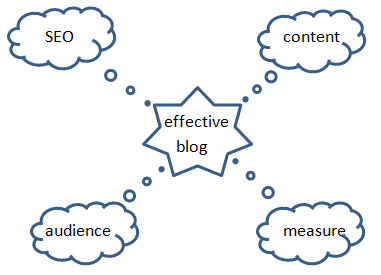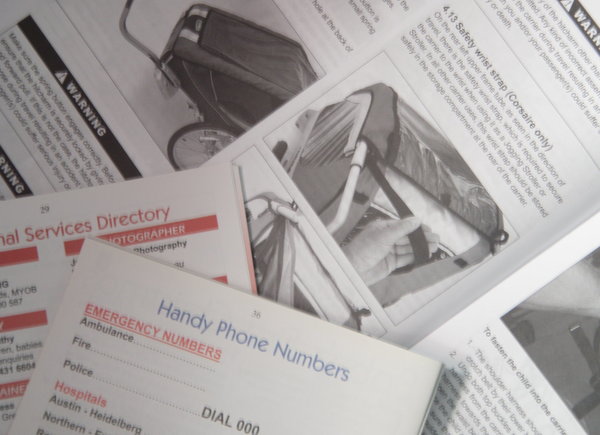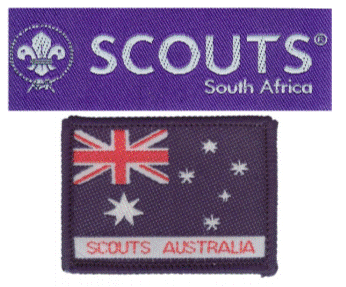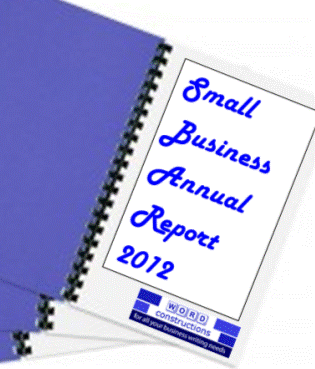Building an effective business blog
Whether it’s new or established, if you have a blog to help promote your business, you probably want it to be effective, right?
An effective business blog doesn’t necessarily mean it sells anything directly – in fact, trying to sell in every post is likely to turn people away and be highly ineffective.
So, what is an effective business blog?
Like so many things, there is no single answer. It varies between businesses.
However, I think the following options cover most (if not all) objectives of business owners when they establish a blog:
- SEO value – a blog is an easy way to add fresh content with keywords to get higher rankings with search engines
- showcase expertise – giving information, lessons and latest industry news builds your credibility
- build relationships – having a community is important for many businesses. Relationships through blogs build trust, show the business personality and let you learn from your audience
- communicate a message – this is probably more for non-profit groups that want to educate people about a topic and a blog full of stories and information can be a great tool in that process
Of course your specific definition may include more than one of these options in more or less detail.
To know if your blog is effective, you need to know the purpose of your blog and have some sort of measurement in place to gauge how well you are meeting that purpose.
For example, if your blog is aimed at getting more website traffic, posting once a month won’t be effective but you can measure your success by comparing website stats each month. Testing posting three times a week then five times a week will show you what is more effective at gathering more traffic and subscribers.
Making your blog more effective
I have just read Chris Horton’s post on steps to generate leads online with your business blog. In fact, that’s what inspired this post!
Chris goes through three steps which go towards the purpose of your business, marketing and blog – namely know your (target) audience well, address your audience’s needs and how to offer your audience value.
His last step is about clear communication – make your blog posts simple, concise and relevant. Heard that before? Well, yes, that is where my blogging tips usually come in 🙂
I think it is important to note Chris gives three tips on developing a purpose and strategy for your blog THEN a tip on how to make each post more effective.
So have you defined what effective means for your blog?
Do you know who your target reader is?
How often do you measure your blog against your effectiveness definition?
Improving your blog’s effectiveness
Maybe your blog is not as effective as you’d like.
Yet you want it effective tomorrow, not in the six months it may take you to work through everything Chris suggested. And, if you’re like many of other bloggers, you don’t want to shock your current readers by massive changes.
I think this is another situation where step by step is the solution.
Start defining your target audience and their needs in more detail (or some detail as the case may be!)
Each time you discover something that is not ideal in your blog, change that.
Maybe you decide your ideal audience are parents of young children but you have a blog category on teenage activities. That category doesn’t help your audience so stop writing posts in there as a simple step in making your blog more effective.
Step by step will take a while but is easier to face and implement than doing it all in one go.
I’m going to go out on a limb now – for you personally, what one thing would you like changed on my blog to better suit your needs? Let me know as a comment below.
No promises I’ll change it but I will consider all feedback in light of my blog objectives.














Recent Comments